There are plenty of pricing strategies that you can use for your business, and sometimes, it’s best to experiment around and see which one’s works best. However, that can result in some unexpected situations, and some people just can’t take that unnecessary risk.
You don’t need to worry though, in this article, we’ll be discussing the different types of pricing strategies that you can use for your business. So, without further ado, let’s get straight right into the meat of the content.
First up on the list is cost-based pricing.
Cost-Based Pricing
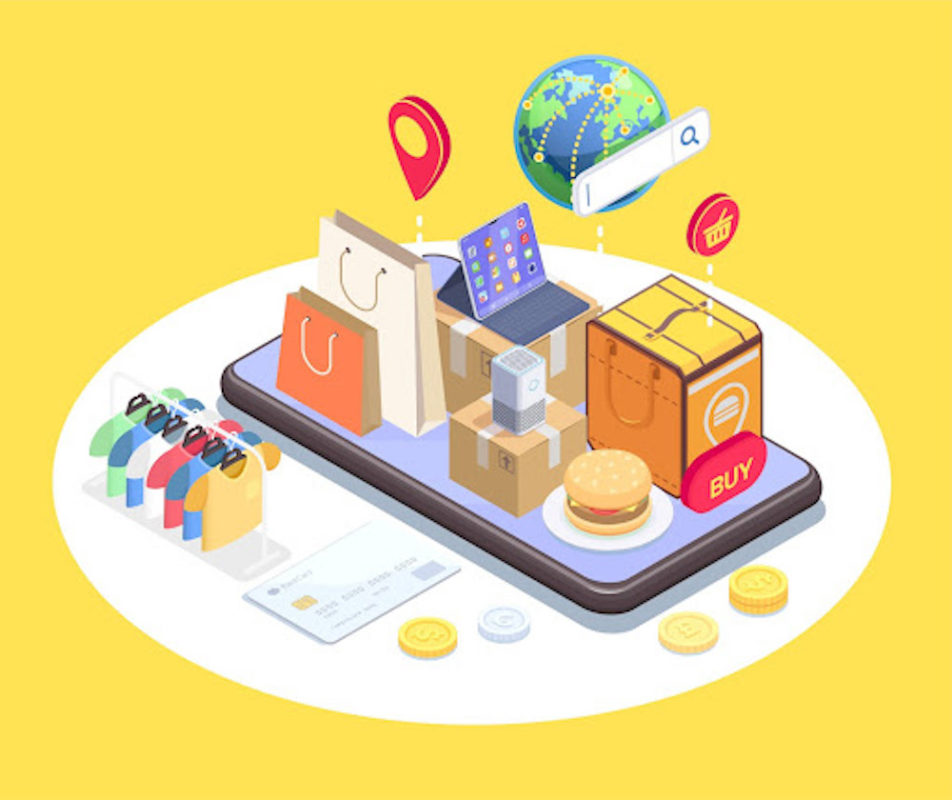
This strategy is pretty much the most straightforward and common pricing strategy out there. It’s possibly the first strategy that people that are getting into a business think about. After all, it's an easy concept to grasp. You just add a fixed percentage and amount to the overall cost of your product to generate a profit.
It’s easy, simple, and very convenient to calculate. It doesn’t take up much of one’s time, and it also is proven to work plenty of times. It’s a tried and true strategy, and many businesses at one point have tried it, thought about it, or even taken some ideas off of it.
Take this Baja hoodie e-commerce shop as an example.
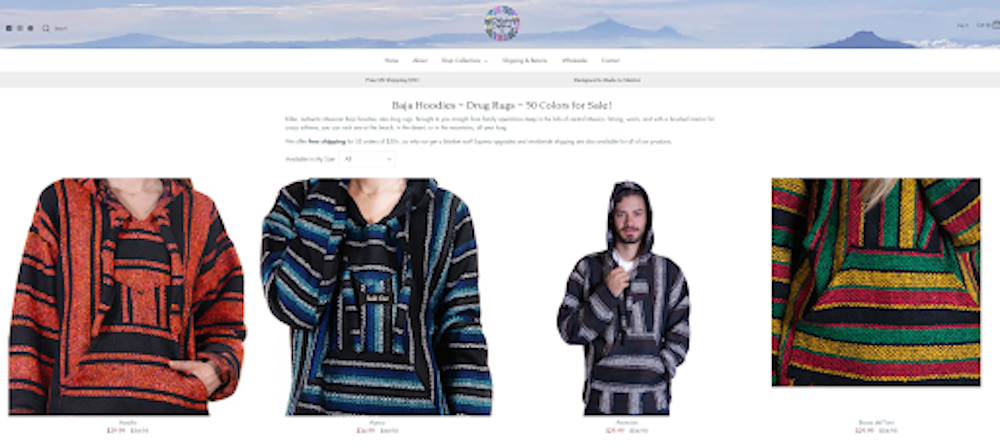
Now, try to think about measuring its overall cost. You need to consider its production costs first, such as materials, labor, and other fixed costs that you might incur along the process. Let’s say the entire process costs around $60. You can start gaining a profit if you charge an extra $5, but that’s not going to cut it if you’re thinking of other external costs that you are incurring in running your business.
Not to mention that you also have shipping costs or maybe even advertising costs to worry about since you’re an e-commerce business. The best course of action is to try and get at least 50% of the profit margin in order for cost-based pricing to be a viable strategy to use.
Consumer-Based Pricing
Consumer-based pricing is another pricing strategy that works well for a lot of industries, such as SaaS startups. The reason for this? Simply because consumer-based pricing does not take into account expenses incurred through the production process. Instead, you try to price your product depending on the price that your consumers would be willing to pay.
This takes advantage of the simple fact that if your market is willing to pay more for your service, why not charge them for that specific amount until you’ve reached the limit? Consumer-based pricing doesn’t care much for competitors with their prices; instead, you just want to worry about trying to optimize your product prices as best as possible along with maintaining the good perception of your consumers on your product’s or service’s value.
However, there is one catch to this strategy, and it’s that you always need to continue developing and innovating. It doesn’t need to be exactly on your product or service. If you offer your audience convenience in the buying process or make communication lines much easier for them to handle, then you’re going to get the sales that you need.
It’s not much of a catch. However, in the long term, consumer-based pricing both provides you the profits that you need and the innovation that you will eventually have to strive for in order to be successful.
Bundle Pricing

Bundled pricing is a favorite pricing strategy for a lot of e-commerce sites on the internet. You also often see it in real-life retail stores in malls or shops. It’s because it’s one of the most effective pricing strategies there is and mixed with the proper marketing techniques, it can generate a lot of interest for your products.
Bundling products and services in a package and offering a discount to their overall price is a great way to attract a lot of attention due to the simple fact that people might be interested in just getting everything they need at once rather than trying to find one single item.
In the context of e-commerce, this only gets a lot better as you can do a lot of marketing alongside the bundled packages. You can do things such as outbound calling to existing clients through predictive dialers and offer them these bundled discounts.
You can showcase infographics or photos of the bundled product and its associated accessories quite easily on your website or on other e-commerce sites. You can even send abandoned cart emails if there are customers that have seemingly forgotten about bundled packages in their carts on your online shop.
Combine discounts, convenience, and quantity then you get a great combo that is quite hard to pass up by many wandering interested customers.
Dynamic Pricing
As compared to cost-based pricing, dynamic pricing is the exact opposite. It’s a strategy that is all about being flexible and adaptable to different situations. In dynamic pricing, your prices should never be staying on one single price point for too long but instead should move depending on the constant changes of supply and demand.
You can often see dynamic pricing change on food in particular due to the simple fact that there is a lot of demand there due to it being a necessary item for a lot of people, and supply for food is constantly changing because of weather, natural disasters, bad crop season, pests, and many more.
In the world of e-commerce, the same can be said. If you are getting a lot of customers in a short period of time, then the only way to go is up and up for your prices. However, that’s not to say that there is also a bad side to this. Oftentimes due to price fluctuation, some consumers wouldn’t be willing to pay whenever the price is high and would prefer to wait things out.
That’s going to affect your sales conversions in the long run. In a sense, you’re trading high price value sales for the sacrifice for a number of conversions that you ought to receive with a fixed price.
Market-Based Pricing

Market-based, on the other hand, is a strategy where you take a look at your competitors for the prices that they put up for their products. It’s a lot like being a copycat, but instead of copying from your seatmate, you're taking into account a lot of other competitors and trying to see which one works best for your strategy.
Considering the prices that your competitors have and just trying to gain the competitive edge by under-cutting them while still maintaining a profit is a great way to get a lot of attention in the market. However, it does carry some costs and questions as well as to why you cost less.
That’s easily debunkable. If you can provide the necessary quality with the price points that you sell, then customers and consumers will be a lot more attentive to your brand name as you offer the same product as the rest, however at much more affordable prices.
Let’s take this e-commerce paddleboard store as an example.
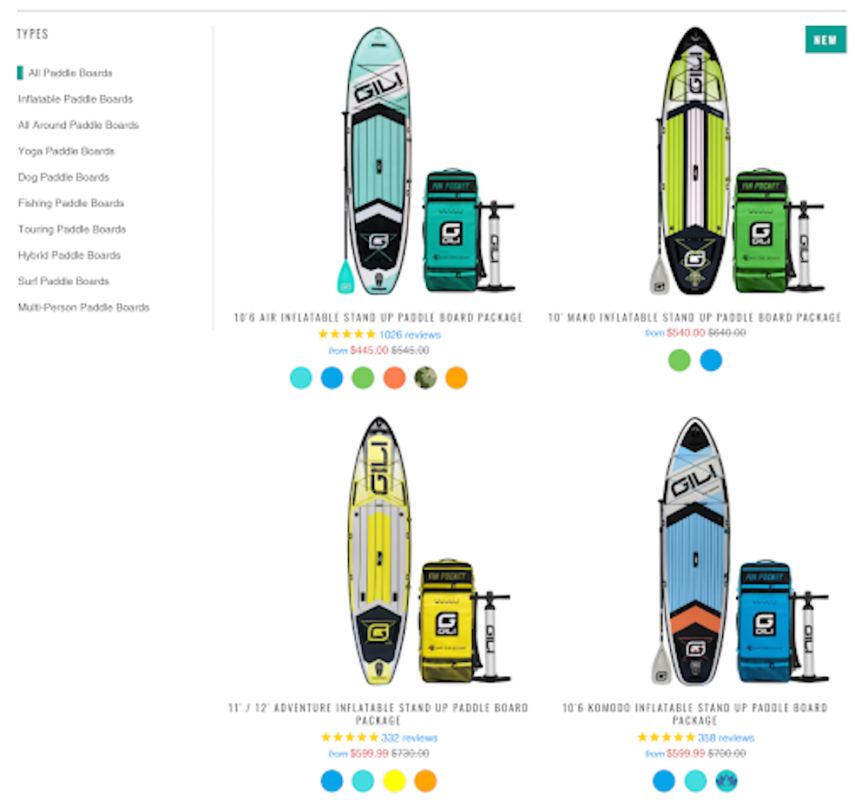
If they manage to keep their paddleboard prices low as compared to their competitors while at the same time keeping the quality, customization, and accessories associated with their products, then they are going to be a lot more competitive in their niche market as compared to their competitors because they’re just offering an overall better deal for the consumer.
There are plenty of tools out there that you can use to easily track your competition, tools such as HubSpot sales hub are well-known for these types of in-depth research, and you can easily base your market-based pricing strategy through this.
Premium Pricing
Premium pricing is the exact opposite of market-based pricing. On this strategy, you don’t try to undercut your competition but instead, try to push your prices over to the edge. You try to make your product look as expensive but at the same time at a premium quality as compared to others because of the price that you ask for.
Premium pricing often markets itself in the context of things such as luxury, exclusiveness, and quality. There are companies that stand by these three things and do showcase to its market that it isn’t all talk but does instead offer authentic premium quality goods.
Take, for example, this protein supplement e-commerce store.
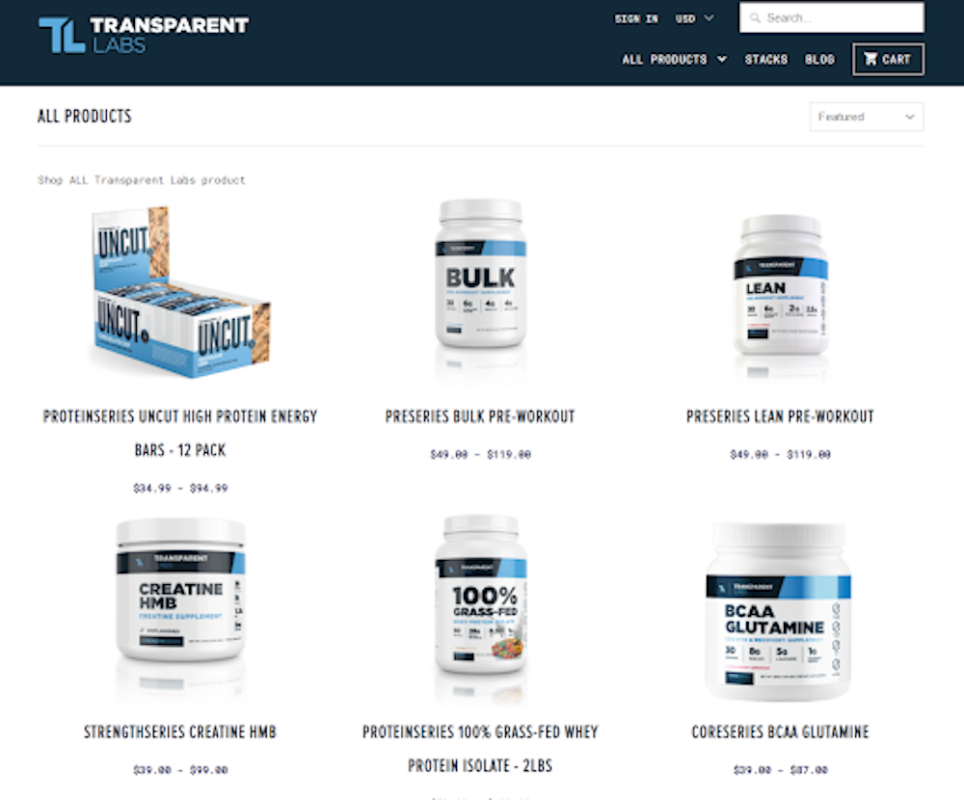
Their industry is quite special as it revolves around health, and often, people would be willing to pay a premium price for protein supplements that they believe would be of superior quality. It’s these types of products that most consumers are more concerned with the quality rather than the price because it’s often their health that is at stake.
You can even offer quality discounts for premium pricing, such as military discounts that are often used by large companies to attract specific customers to their product lines.
Premium pricing is a great strategy, only if you have the necessary resources to back it up. If you are proven to be a lot superior in terms of quality or you offer especially exclusive luxurious products, then you would be able to gain a lot of profit from consumers that are willing to pay the extra mile.
However, if your brand name can’t catch up on the hype, then you’d be in a risky position that nobody might even be interested in buying your products or worse, consider your products to be a cash-grab or a scam.
Before Executing Your Pricing Strategy –
Once you’ve decided on what pricing strategy to execute for your business, you need a few more things to check and get ready before entirely investing in the dive. It’ll be bad if your initial change and momentum gain is abruptly brought to a halt by some factors that could have been prevented.
Get Stocked!

First thing’s first, you need to always know the strong points and weak points of your business. If you lack the assets to back up your inventory stocks, then consider first getting an inventory management platform to prevent bottlenecking your sales line. After all, executing the right pricing strategy also needs the proper tools to back it up.
This not only prevents you from losing out on potential sales but you can also grow trust with your customers due to the simple fact that you can deliver what they ordered. The only worse thing than having bad prices is not having enough products to sell in the first place.
Appeal To Your Target Niche
After stocking up, make sure you have the necessary marketing capabilities to sell your products and their appealing price lists. Make your e-commerce store as appealing as possible to your target niche. In your website or in your social media pages, try to make as much buzz as possible and even try to appeal using aesthetic imagery and graphics.
Market as much as possible before implementing any new types of pricing strategies. If you don’t have the capacity to do any of these or if you’re just starting out then you don’t have to worry much about marketing new pricing strategies. Instead, just focus on marketing your brand and business first and establishing a foundation for your future business goals.
Ready Your Website
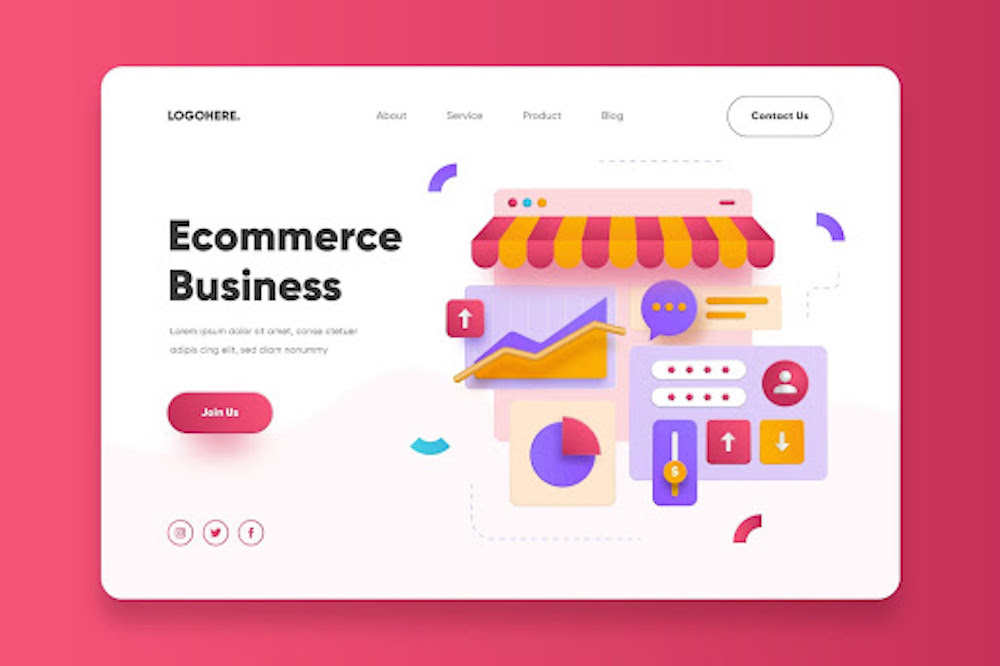
The last thing that you need to do is to make sure that your website and other e-commerce platforms are all set and ready to go. This is the final crucial step that will decide your new pricing strategies and e-commerce store to be successful in the end.
Nobody would be able to buy your products and services, let alone see them if you did not go through with your web designers on how ready and capable your website is to handle the traffic.
Use UI research & analytics tools to make the best out of your website before the grand finale. Make sure as well to maximize and optimize your website as soon as possible.
Not to say that traffic will start flowing in surges, but oftentimes, businesses make the mistake of not being ready for any uncommon contingencies such as introducing a product into the market and being an instant hit. Too many companies in the past have lost a lot of potential sales due to their initial momentum being stalled by overwhelming customers.
See What Works!
After executing and getting the initial sales of your pricing strategy, it’s important to see what results did your company receive. At this stage, the only thing left to do is to ensure that everything goes smoothly and to check if and when the pricing strategy worked. It’s best to constantly monitor sales and marketing for a period of time to fully understand if the pricing strategy that you have chosen is working in your favor.
This information would be all the more valuable for you if you ever decide to switch pricing strategies again or to even scale your current pricing strategy to the next level with your present business. After all, information does give better guidance in the decision-making processes of growth hacking your business to the next level with the pricing strategies that you have at hand.
Key Takeaways:
There are plenty of pricing strategies that you can choose for your business, and while some work best in certain conditions and while some do not, it goes without saying that pricing strategies are essential for the success of any e-commerce business that is looking to set its foot into the internet markets.
Author Bio

Burkhard Berger is the founder of Novum™. You can follow him on his journey from 0 to 100,000 monthly visitors on novumhq.com. His articles include some of the best growth hacking strategies and digital scaling tactics that he has learned from his own successes and failures.



